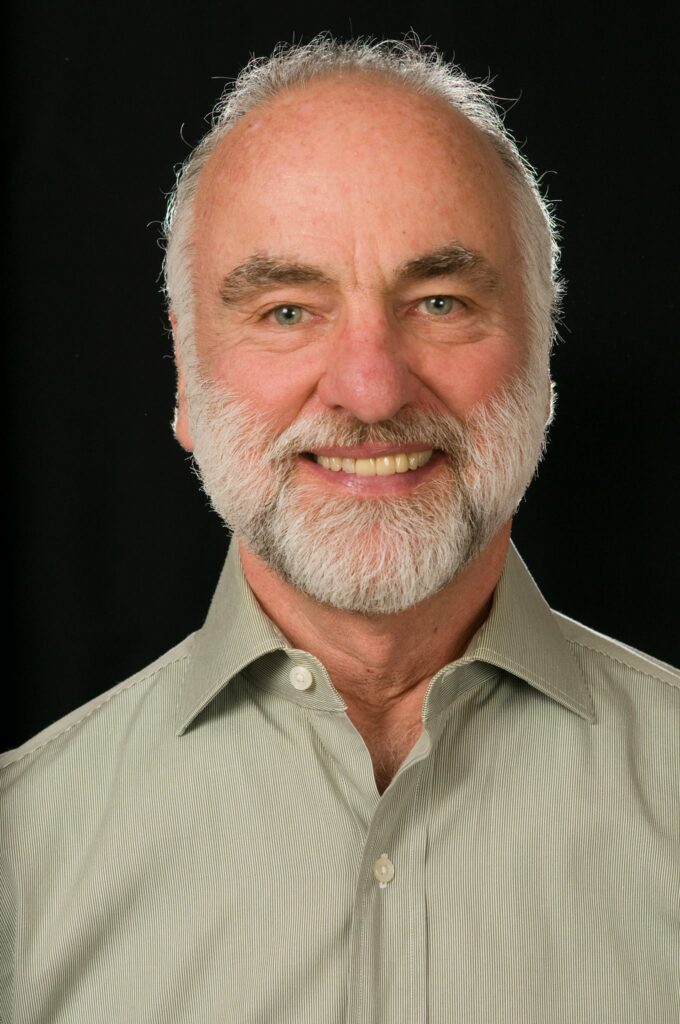
I have been fascinated by the power of the mind for more than 40 years. Initially, when I first learned about hypnosis and guided imagery and that I could change the physical structure and function of my body with my deliberate intention, I was quite skeptical. It seemed too good to be true. So, I was very pleased and fortunate to be able to study these subjects in depth in graduate school, culminating in my doctoral dissertation titled, Relaxation, Guided Imagery, and Wellness.
My post-doctoral internships further allowed me to study and use these techniques where I could see their real benefit. I developed a research proposal for the Cleveland Clinic to test the effectiveness of guided imagery with their breast cancer patients. I then used relaxation and guided imagery as a staff psychologist in a rehabilitation hospital to facilitate treatment of chronic pain and recovery from strokes and related physical disabilities. This led to my work with cancer when I interned with Dr. Carl Simonton at the Simonton Cancer Center and collaborated with Dr. Simonton to teach his psychosocial approach to a physician management group of cancer centers based in State College, Pennsylvania for the next eleven years.
While Dr. Simonton was best-known for his use of guided imagery as part of his patients’ treatment for cancer, his primary interest was to help patients develop a “will to live” and do what brought them the greatest joy. I soon discovered the great wisdom in encouraging people to follow their bliss, but I also discovered a huge imbalance in people’s lives between doing for others and taking care of themselves. It was too selfish. Everyone and everything else was supposed to come first.
When the Biobehavioral Health Department at Penn State University researched the effectiveness of my wellness program in 1999, the results concluded it improved survival with cancer. While we were very pleased with the results, it created a dilemma. Much of the focus of the wellness program was on creating a will to live and what brought people the greatest joy and meaning in their lives. But they couldn’t do it – not nearly enough for me to conclude this was the primary reason they were living longer.
Fortunately, the editors of the journal who published the research asked for my clinical opinion as part of the formal research discussion. What I came to realize was it was not any particular coping skill I had taught these patients that made the greatest impact; It was they felt listened to, cared for, and supported.
This was the conclusion Dr. Dean Ornish made in his research with heart disease. It all came down to, “Do you feel loved and cared for?” And this has become my life’s true interest and focus, which led to my writing, Why Love Heals, in 1999.
With all of my scientific training and practice, which I greatly value, I also discovered the validity of intuition as another way to determine what often underlies the cause of illness. I’ve come to view medical symptoms as benevolent messengers, and through various meditative approaches, we can go within to discover the deeper truth of our concerns.
This is why I am currently writing my book, Your Life Comes with Instructions. The answers to all your life concerns lie within you. Who are you? What makes your heart sing? How do you want to spend the time you have left to live?
This brings me back to my early exploration of the role of joy in people’s lives and why I titled my first book, Doctor’s Orders: Go Fishing. Joy is the elixir of life and good health.
Dean Shrock, Ph.D



